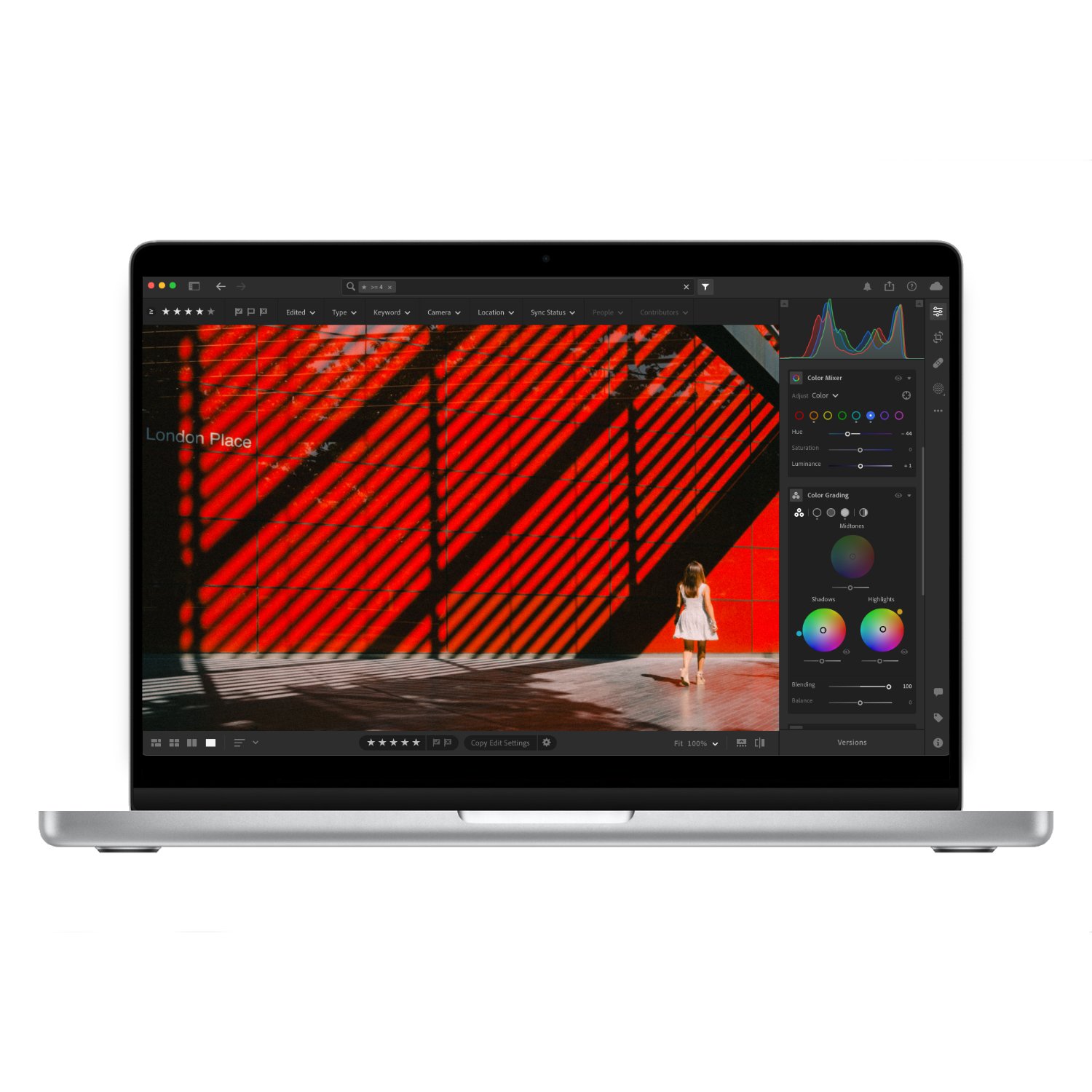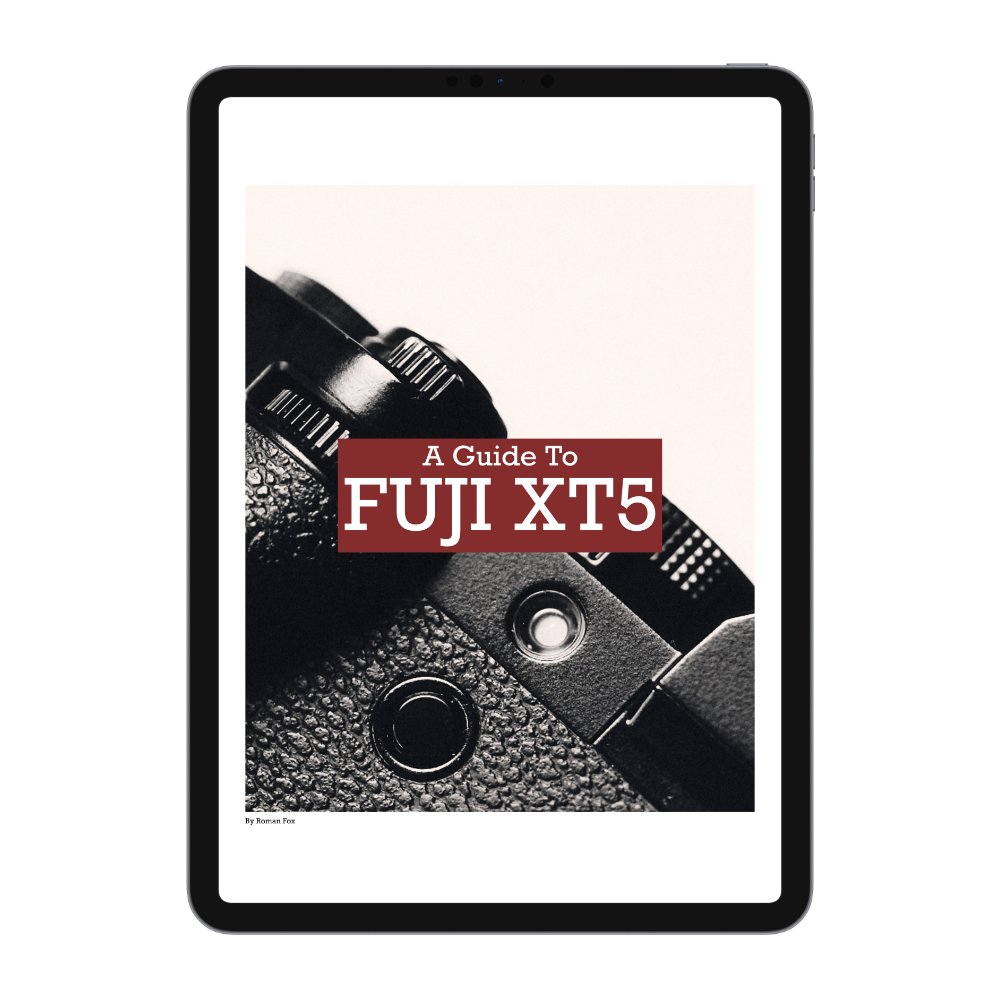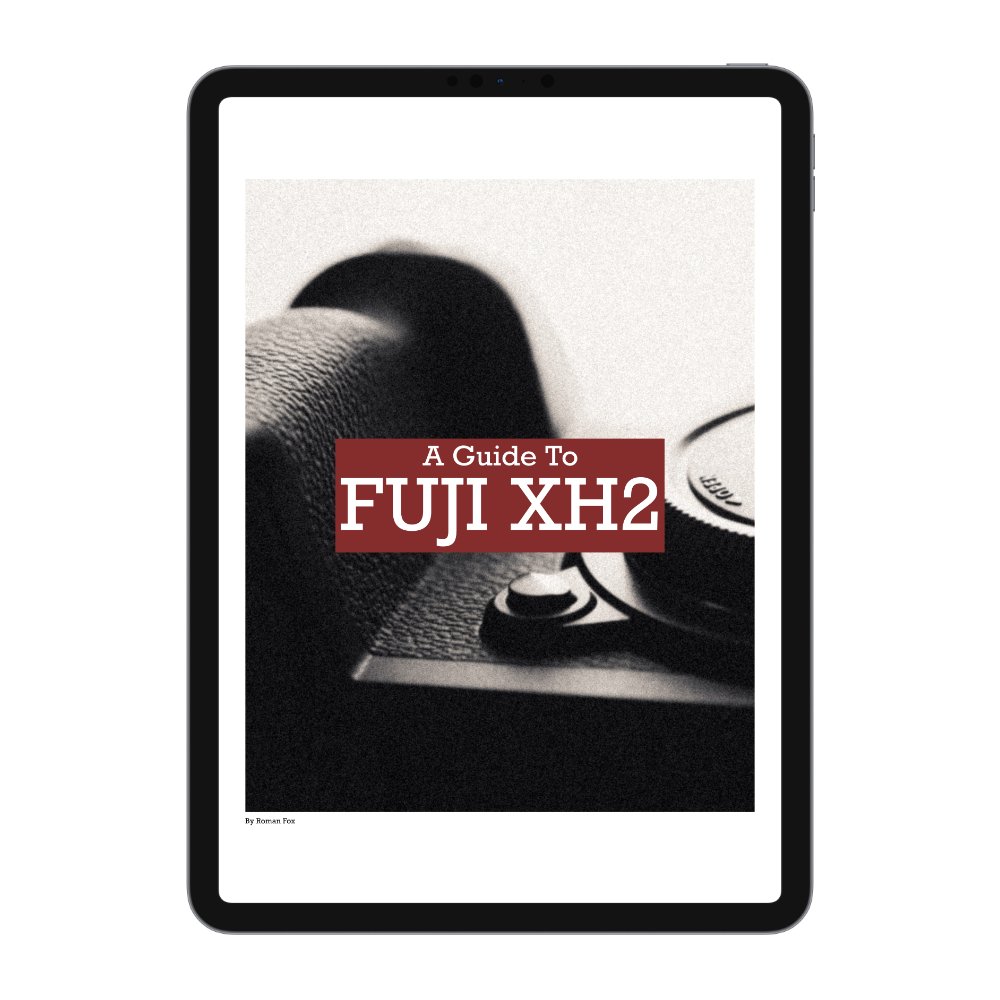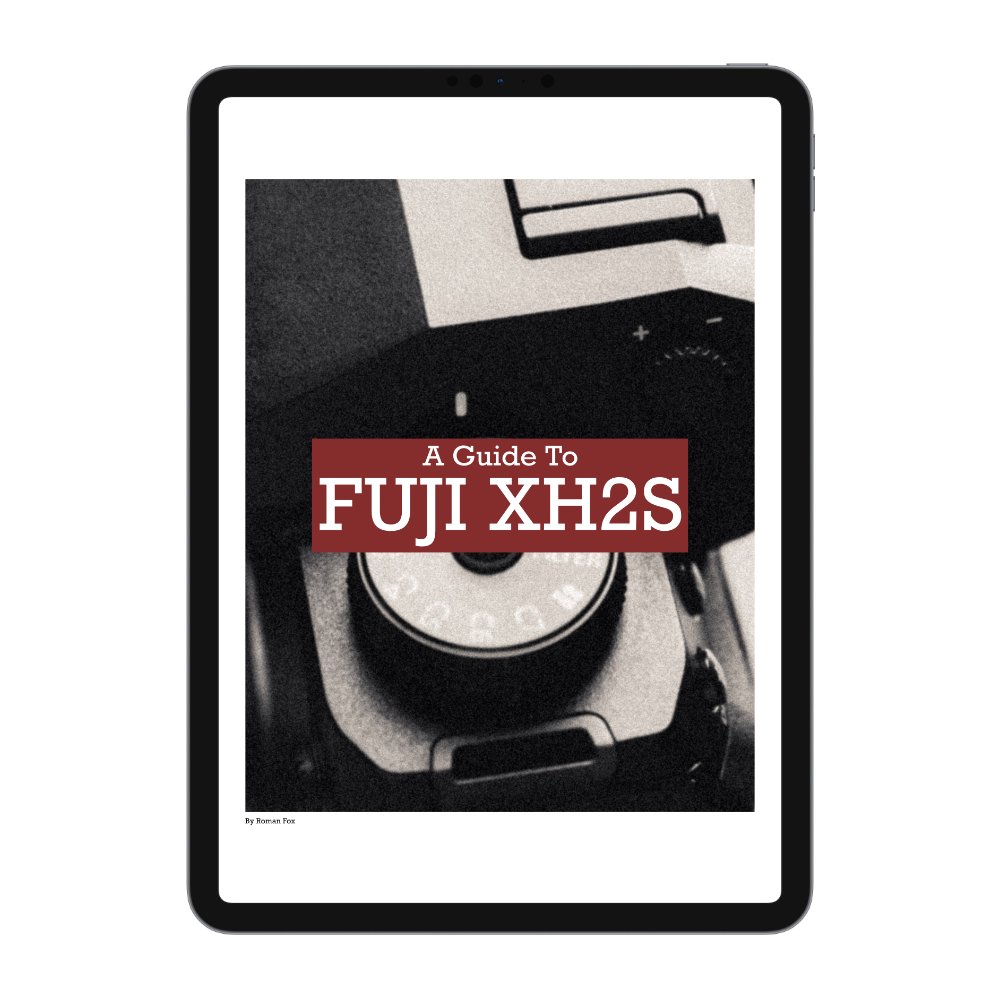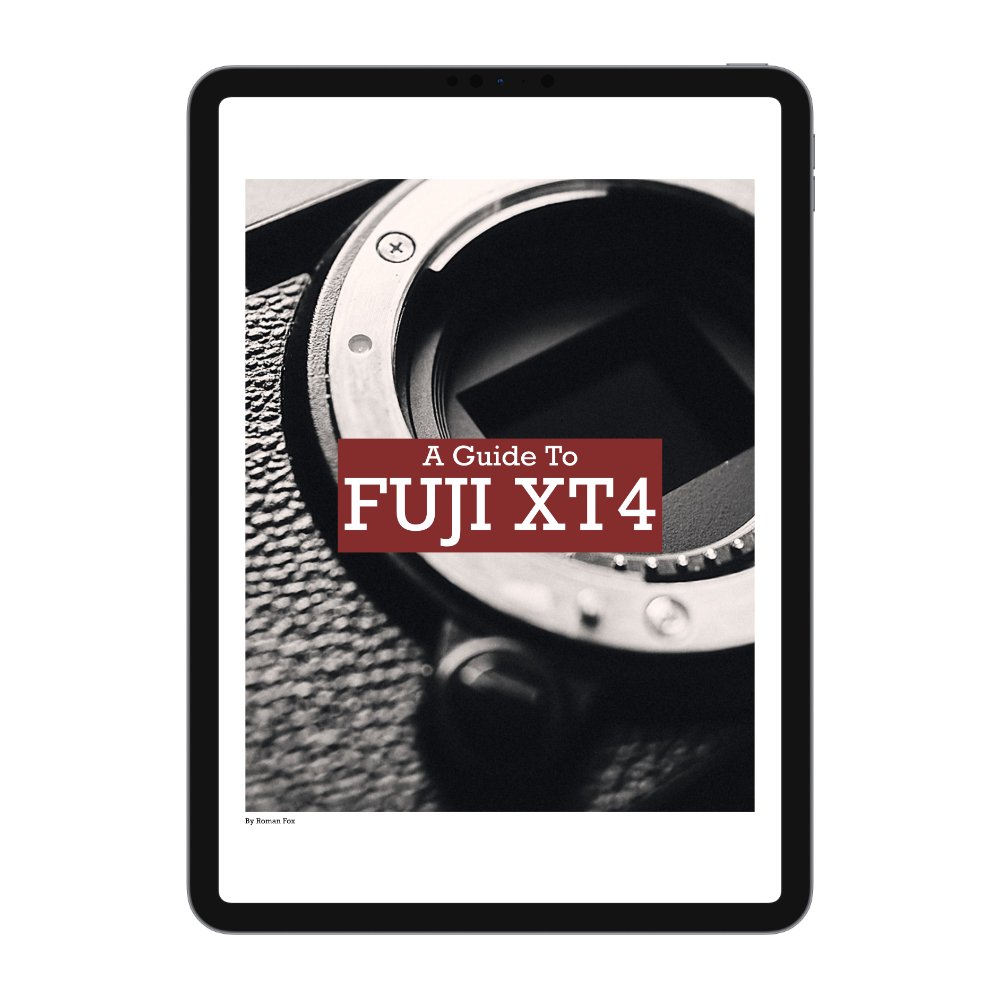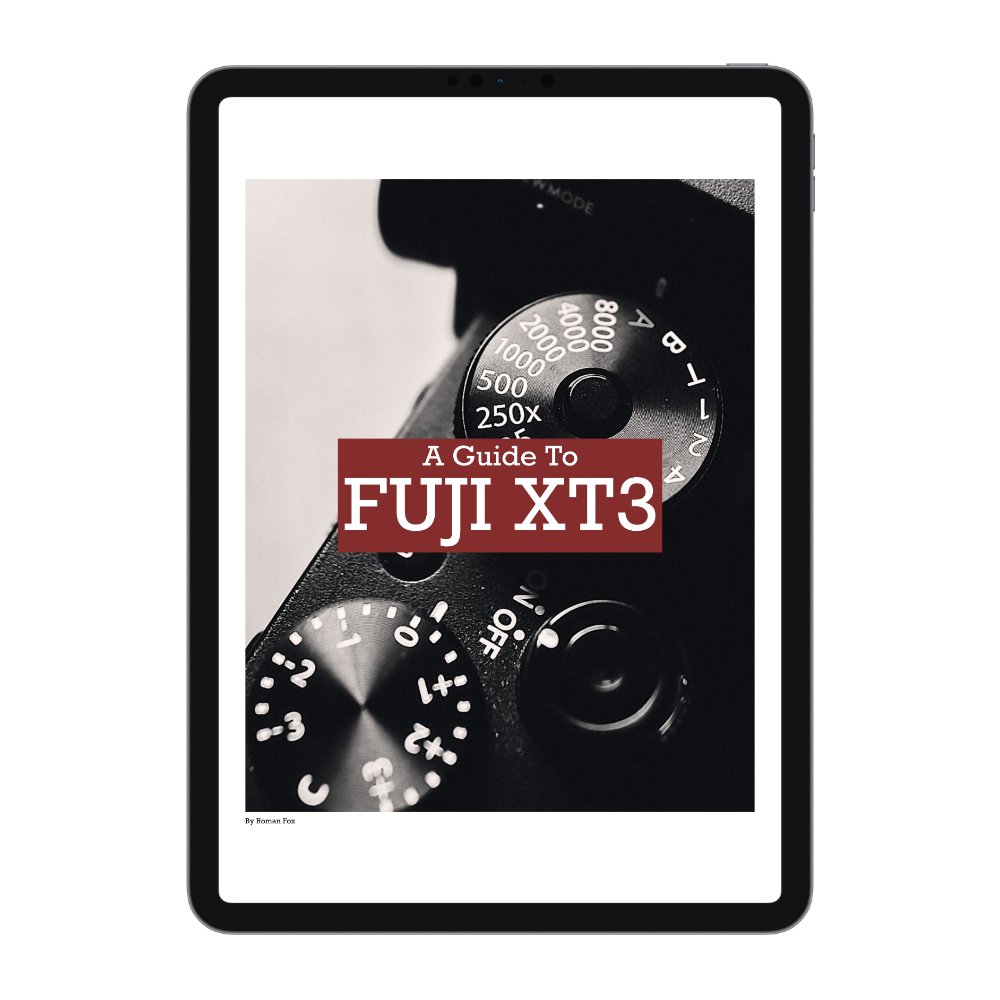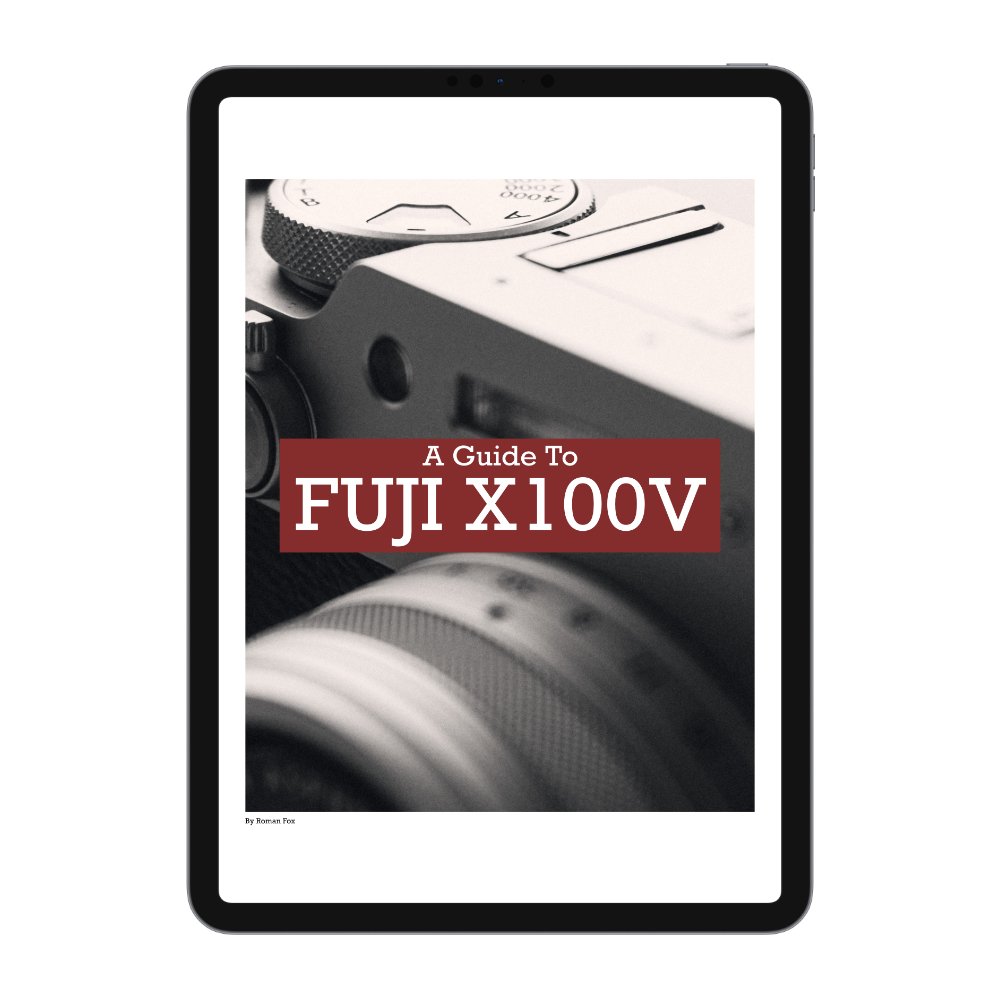Sigma 90mm f2.8 DG DN Contemporary Review (Sony)
In this blog, I will share with you my review of the Sigma 90mm f/2.8 prime lens. I’ve been using this lens for a few months, have taken some of my favourite photos with it, and can finally give you my verdict on whether this lens is a good option for your Sony camera. For clarity, I purchased this lens with my own money, and I have no affiliations with Sigma.
Purpose
This is designed to be a compact and fast (ish) prime lens. f/2.8 is plenty for most scenarios and the overall footprint is minimal, meaning this lens will be suitable for many different bodies. 90mm is a pretty niche focal length and won’t be for everyone. I personally think it’s aimed at travellers who want a tiny telephoto option without carrying big glass. This won’t be your main lens; instead, it will be complementing a 35mm or something similar.
Focal Length
90mm is an unusual focal length, especially in a prime lens. From my experience, I found this focal length to be useful for hiking and travelling where I might not be in a position to reach something by moving myself. In the context of street photography, this lens can feel a little distant and cold; however, it’s fantastic at compressing the background and making subjects appear larger than they are. Many people use this focal length for portraiture; however, for me, it’s a little too tight for that.
Build Quality
The lens feels solid with a sturdy all-metal build. The focus dial is smooth and well damped. The aperture dial has solid, distinct clicks. This feels more solid than a lot of Sony’s offerings, and it’s a similar level of feel to something Leica would make. For the price, I was expecting a much cheaper lens; however, the build quality blew me away. I can also say that the lens withstands scratches very well. After hours of being rattled in my sling without a case, or around my shoulder, it hasn’t picked up a single mark.
Size & Weight
The lens is tiny considering the focal length and aperture. I would say it’s pocketable and you barely notice it on even on smaller bodies like the A7C. The compact form factor makes it perfect for travel, street photography, and hiking. If you don’t need faster apertures, then this f/2.8 offers a huge size advantage and will be the difference between your camera fitting in your sling or not.
Features
If you’re used to the luxuries of Sony’s higher-end lenses, you might be disappointed. While this lens has all the essentials you might need, such as an aperture ring, focus ring, and AF/MF switch, that’s it. There are no custom buttons or other switches. I’m a little bummed out about the lack of custom buttons because it’s a feature I use all the time on my Sony lenses, but I guess it’s a compromise to keep costs lower. While you do get a gasket around the mount, the rest of the lens isn’t weather sealed. As for the features it does have, they are very well implemented, with everything being incredibly smooth and tactile to use.
Image Quality
All modern lenses have fantastic image quality, and I feel we’re at the point where any modern lens above £500 will produce good results. I can’t say anything specific about the 50mm f/2.8. The image is tack sharp, the bokeh is nice, and the colours render as they should. No issues at all.
AF Performance
The AF is very good and you will not have any issues with it for photo or video. However, if I’m being objective, it’s a little slower than what you’d get on a Sony lens. Every time I use the Sigma after shooting with a Sony lens, the reduction in focus speed is noticeable. By no means is this a slow lens and most people might not even notice the difference; however, if you pay attention, it’s there. I suspect this is due to the Sigma having a stepping motor while many of the high-end Sony lenses have linear motors. I also suspect that given it’s third-party, there will never be a 100% like-for-like performance compared to a native lens. I would like to repeat and make it very clear that this lens is amazing at focusing and you will not have any issues at all.
Summary
If you’re in the market for a compact telephoto prime, this must be one of your options. The only thing that will disqualify this lens is the f/2.8 aperture. However, if you don’t shoot in low light and you’re not after the creamy f/1.4 look, then this is a very strong contender. The form factor makes this lens perfect for travel and as a companion to a wider prime such as the 35mm. For me, the biggest downside is the partial weather sealing, and while I’m sure it will be fine in a light shower, it’s not a risk I want to take, especially when travelling.
Specifications:
Focal Length - 90 mm (135 mm equiv on APS‑C)
Aperture Range - f/2.8 – f/22
Optical Design - 11 elements / 10 groups (1 aspherical, 5 SLD)
Aperture Blades - 9, rounded
Min Focus Distance - 0.50 m (1.6 ft)
Max Magnification ≈0.20× (1:5)
Dimensions (Ø × L) - Ø 64 mm × 61.7 mm
Weight - 295 g (10.4 oz)
Filter Thread - 55 mm (non-rotating)
Aperture Ring - Clicked ring with Auto mode
Autofocus - Stepping motor, internal focus, DMF & AF+MF supported
Weather Sealing - Partial dust & splash resistance















